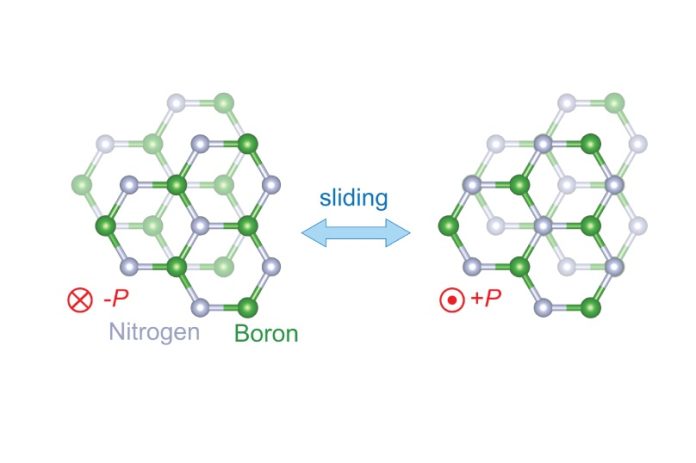
Imagine a new material so thin and powerful it can make our electronics faster, tougher, and more efficient.
A team of scientists from MIT has created such a material and built a groundbreaking transistor with it, potentially revolutionizing the world of electronics.
In 2021, MIT physicists developed an ultrathin ferroelectric material.
This special material separates positive and negative charges into different layers, which can be switched using an electric field.
They initially saw its potential for computer memory and other applications. Now, they have built a transistor with this material, showing it could meet or even exceed current industry standards for ferroelectric transistors.
Led by Professors Pablo Jarillo-Herrero and Raymond Ashoori, the team demonstrated that their new transistor could change the electronics industry.
Although they tested just one transistor in the lab, its properties were impressive. Jarillo-Herrero, who is primarily focused on fundamental physics, highlighted this work as a prime example of basic science leading to significant technological advancements.
Ashoori believes this discovery could be world-changing within the next 10 to 20 years.
So, what makes this new transistor so special?
- Superfast Switching: It can switch between positive and negative charges at incredibly high speeds, measured in nanoseconds (billionths of a second).
- Extreme Durability: Even after 100 billion switches, it showed no signs of wear and tear.
- Ultrathin Design: The material is only billionths of a meter thick, allowing for denser memory storage and more energy-efficient transistors.
The key to this magic is the way the ferroelectric material works. In these materials, charges naturally move to opposite sides. When an electric field is applied, the charges switch sides, reversing the polarization.
This can be used to store digital information stably over time, without changing unless an electric field is applied.
The new material is made from atomically thin sheets of boron nitride, stacked in a unique way that doesn’t occur naturally.
When an electric field is applied, one layer slides over the other slightly, changing the positions of the atoms and creating a radically different electronic effect. Remarkably, this sliding doesn’t wear out the material, allowing it to switch 100 billion times without degrading.
This is a significant improvement over traditional flash memory, which wears out over time.
The research was a collaborative effort involving many experts.
The team included Kenji Yasuda, now at Cornell University, and Evan Zalys-Geller from Atom Computing. They worked closely with other researchers from MIT, Harvard University, and the National Institute for Materials Science in Japan.
Despite its promise, challenges remain. Producing these new ferroelectric materials on a large scale is currently difficult. However, different research groups are already working on solutions to make mass production feasible.
In summary, this new transistor could fit seamlessly into future electronics, making them faster, tougher, and more efficient. It’s an exciting development that could lead to major advances in technology.



